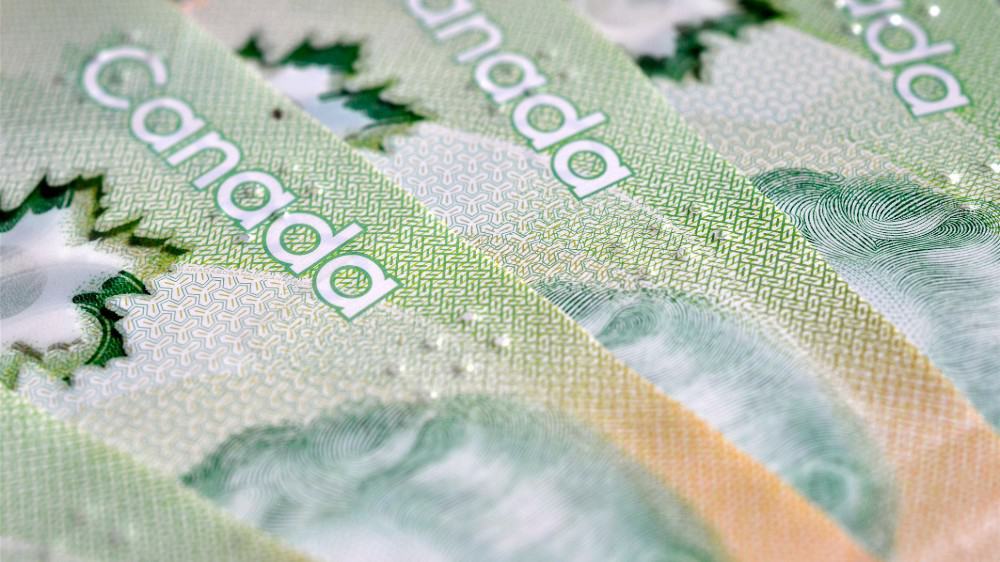With tax filing deadlines delayed, many Canadians have delayed thinking about taxes until now. Of course, having a tax strategy which is “all-season” is best. We should, in theory, take taxes into consideration with every investing decision throughout the year.
That said, no one is perfect. But as with many similar important considerations, a “better late than never” mantra still holds. In this article, I’m going to cover three tips Canadians ought to consider now to avoid a large tax bill.
Take losses, not gains, today
Among the plethora of silver linings the stock market decline has bestowed upon us, losses from investments that declined in value is among the most important. That is, from a tax perspective. Such losses will only result in a taxable benefit if said losses occurred in a taxable account.
Registered accounts like a Registered Retirement Savings Plan (RRSP) or Tax-Free Savings Account (TFSA) are not eligible. Taking all the losses one can in every eligible account right now can help lower one’s tax bill. Also, it can increase one’s refund.
One must always remember that selling a position which has lost value does not necessarily mean walking away from said investment. One can always buy back stock they like that has happened to decline in value once realizing the loss, taking the taxable benefit.
As with all suggestions in this article, please discuss any questions with a tax specialist should you have specific questions of how to go about this.
Don’t take more than you need to in terms of benefits
The Canada Emergency Response Benefit (CERB) is a major double-edged sword Canadians ought to be aware of. The monthly payment can indeed help with paying the bulls and making ends meet. If one needs the money, taking advantage of this benefit can be essential.
That said, this benefit is taxable. In addition, the government has openly stated it will not help back any of the payment for taxes. This means Canadians will need to pay tax on their CERB income when the time comes. So, putting aside the appropriate amount of money in a savings account for tax season is a prudent measure.
These benefits do not constitute a free lunch. Fr those who have the choice of continuing to work or taking the benefit (if their income is about the same), maintaining employment could be the best option. One must remember that the net pay an employer gives withholds taxes while the CERB benefit does not. This is a big distinction.
If you’ve taken this benefit but don’t meet the eligibility criteria, paying back the benefit in full to the CRA is the best way to go. This will allow you to avoid interest and penalties. The government has stated it will crack down hard on those abusing this benefit, so please be aware of the rules.
Contribute what you can to your RRSP
If you’re a fortunate one with the means to contribute to a RRSP, making a contribution to this year or next year’s registered retirement plan is a great way to increase one’s refund or reduce one’s tax liability. This is perhaps the most obvious and straightforward way Canadians can lessen their tax burden, but also the most important from a long-term retirement perspective.
Stashing some money aside today for retirement is the best gift one can give oneself, which just so happens to provide a taxable benefit. This makes RRSP contributions one of the most beneficial short and long-term wealth creation tools.


